I'm trying to implement a discrete fourier transform, but it's not working. I'm probably have written a bug somewhere, but I haven't found it yet.
Based on the following formula:

This function does the first loop, looping over X0 - Xn-1...

public Complex[] Transform(Complex[] data, bool reverse)
{
var transformed = new Complex[data.Length];
for(var i = 0; i < data.Length; i++)
{
//I create a method to calculate a single value
transformed[i] = TransformSingle(i, data, reverse);
}
return transformed;
}
And the actual calculating, this is probably where the bug is.
private Complex TransformSingle(int k, Complex[] data, bool reverse)
{
var sign = reverse ? 1.0: -1.0;
var transformed = Complex.Zero;
var argument = sign*2.0*Math.PI*k/data.Length;
for(var i = 0; i < data.Length; i++)
{
transformed += data[i]*Complex.FromPolarCoordinates(1, argument*i);
}
return transformed;
}
Next the explaination of the rest of the code:
var sign = reverse ? 1.0: -1.0; The reversed DFT will not have -1 in the argument, while a regular DFT does have a -1 in the argument.

var argument = sign*2.0*Math.PI*k/data.Length; is the argument of the algorithm. This part:

then the last part
transformed += data[i]*Complex.FromPolarCoordinates(1, argument*i);

I think I carefully copied the algorithm, so I don't see where I made the mistake...
Additional information
As Adam Gritt has shown in his answer, there is a nice implementation of this algorithm by AForge.net. I can probably solve this problem in 30 seconds by just copying their code. However, I still don't know what I have done wrong in my implementation.
I'm really curious where my flaw is, and what I have interpreted wrong.